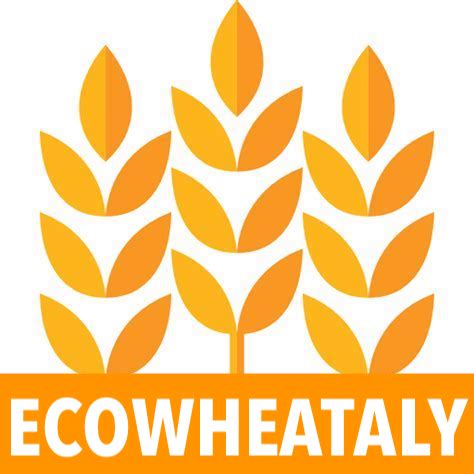-
A model that gives a voice to Italy’s wheat: how our national simulation really works
When the Ecowheataly model starts up, thousands of Italian farms are placed inside a large digital map: from the rolling hills of the Marche region to the plains of Puglia, all the way to mountain farms, every corner of Italy enters the simulation with its own distinct identity.This is the starting point of the model…
-
Durum wheat in Italy: where and who produces it
Analysis from the 7th Agricultural Census – Ecowheataly 2025 Italy remains one of the world’s leading producers of durum wheat, the key ingredient for pasta and many traditional products.According to analyses conducted by Dr. Sara Quaresima (CNR) using data from the 7th General Agricultural Census (ISTAT, 2020), over 195,000 Italian farms cultivate durum wheat.The data…
-
Goal 2050: Can European Agriculture Reach Net-Zero?
The EU has set an ambitious path: climate neutrality by 2050.Agriculture, responsible for about 10% of total EU emissions, is both a challenge and an opportunity.The question is whether the sector can truly achieve net-zero without compromising food security or farmers’ livelihoods. Where We Stand According to the JRC (2025), EU agriculture emits about 390…

